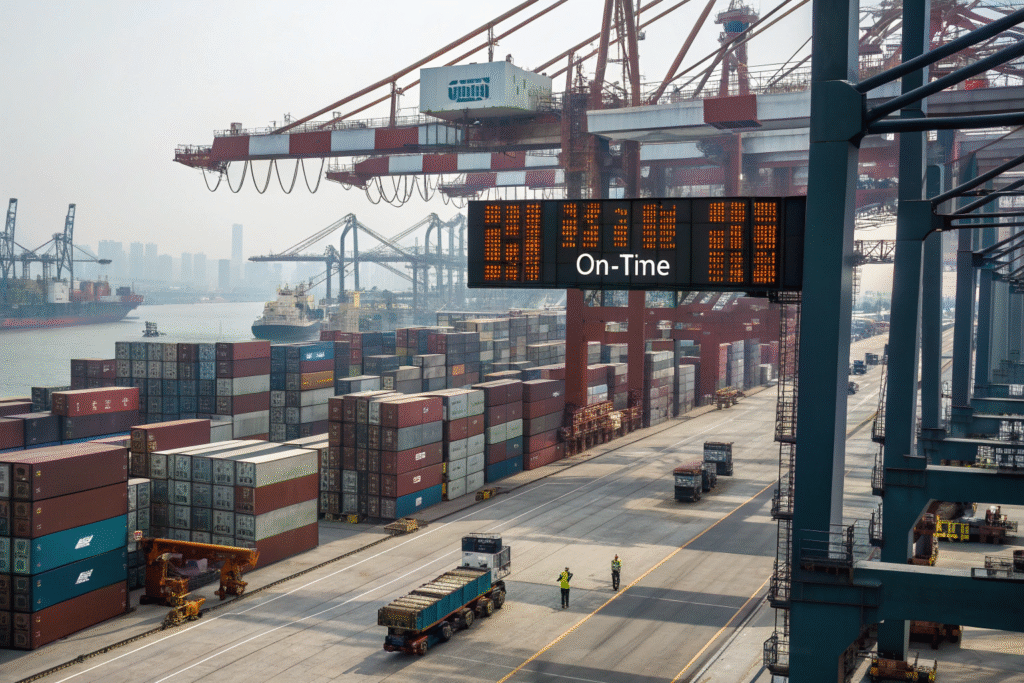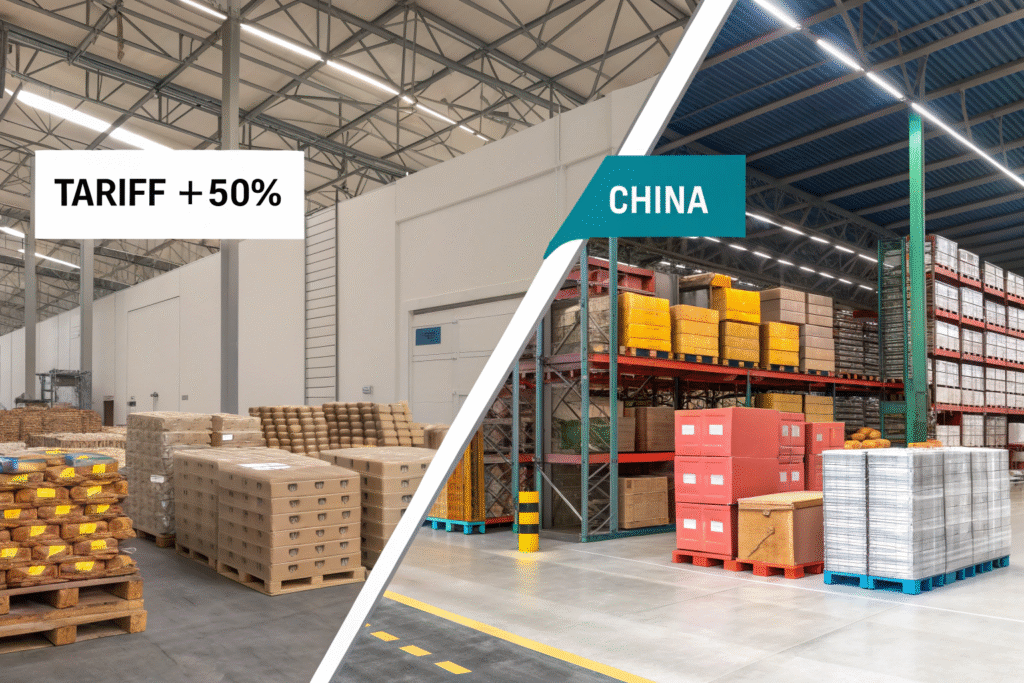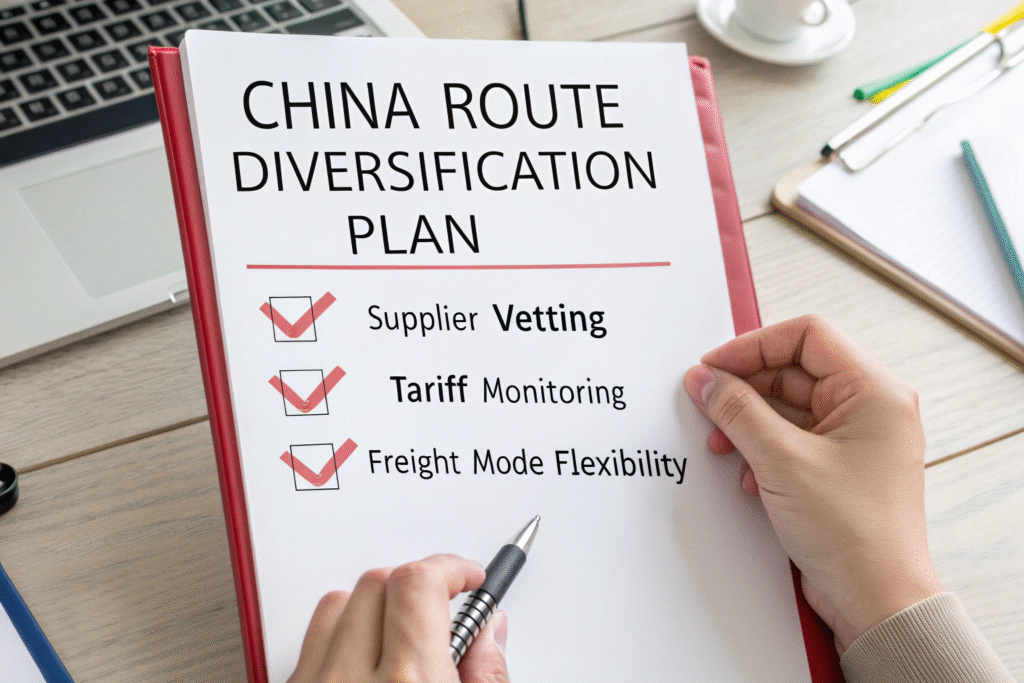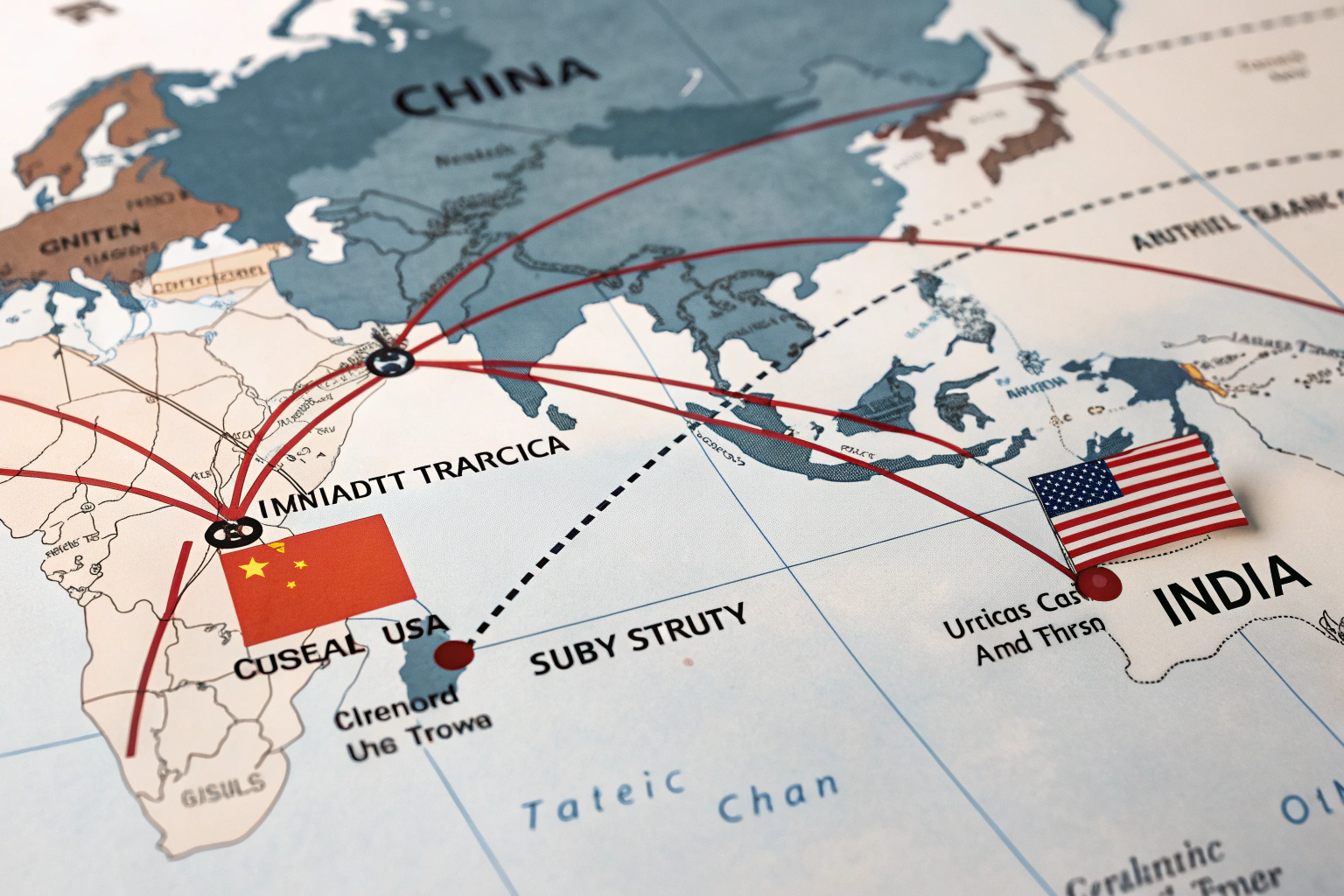The recent U.S. tariff escalation on Indian goods has once again reminded importers of a hard truth: supply chains that lean too heavily on a single country are vulnerable to sudden trade policy changes. By strategically incorporating China–U.S. freight routes into sourcing plans, American buyers can create a buffer against tariff shocks and keep goods flowing at predictable costs.
Why Overreliance on One Country Increases Risk

When your supply chain is tied predominantly to one market:
- Tariff changes hit instantly across your entire product portfolio.
- Production delays in that country ripple through your distribution schedule.
- Carrier space constraints become harder to navigate when exporters rush to ship ahead of policy changes.
This is the scenario many India-focused importers face today — and the reason why China’s well-established shipping infrastructure is becoming a critical alternative.
China Routes Offer Predictable Freight Stability

Experienced forwarders on China–U.S. lanes deliver three major stability advantages:
1. Mature Port Infrastructure
China’s major export hubs like Shanghai, Ningbo, and Shenzhen handle high volumes efficiently, reducing congestion risk.
2. Strong Carrier Networks
Established partnerships between Chinese shippers and U.S. ports ensure priority berthing and space allocation.
3. Flexibility in Transport Modes
With both ocean and airfreight options, plus growing China–U.S. rail corridors via Central Asia, forwarders can adapt to urgent needs.
Case Study: Apparel Retailer Balances India Tariff Spike with China Supply

When U.S. tariffs on Indian apparel surged, a mid-sized retailer:
- Shifted 40% of orders to Chinese suppliers pre-qualified for fast production.
- Booked space via an experienced China–U.S. freight forwarder with DDP terms, locking in landed costs.
- Avoided peak congestion by routing part of the cargo through U.S. Gulf Coast ports.
Result: On-time seasonal launch with minimal pricing disruption.
How to Integrate China Routes into Your Sourcing Mix

- Vet Chinese suppliers for compliance with your industry’s quality and safety standards.
- Secure multi-year rate agreements with forwarders experienced in both FCL and LCL shipments.
- Incorporate tariff simulation tools to test landed cost scenarios.
- Use dual-port entry strategies (West Coast and Gulf/East Coast) to reduce congestion risk.
- Maintain backup airfreight capacity for high-margin SKUs.
The Bottom Line for U.S. Importers
Tariff shocks like the current U.S.–India situation are not one-off events — they’re part of the new normal in global trade. By diversifying with China freight routes, U.S. importers can cushion the blow of sudden policy changes, maintain delivery schedules, and protect profit margins.
Final Takeaway: In a volatile tariff landscape, resilience comes from flexibility. China’s established shipping infrastructure, strong carrier networks, and experienced forwarders give U.S. importers a powerful tool to navigate uncertainty.









